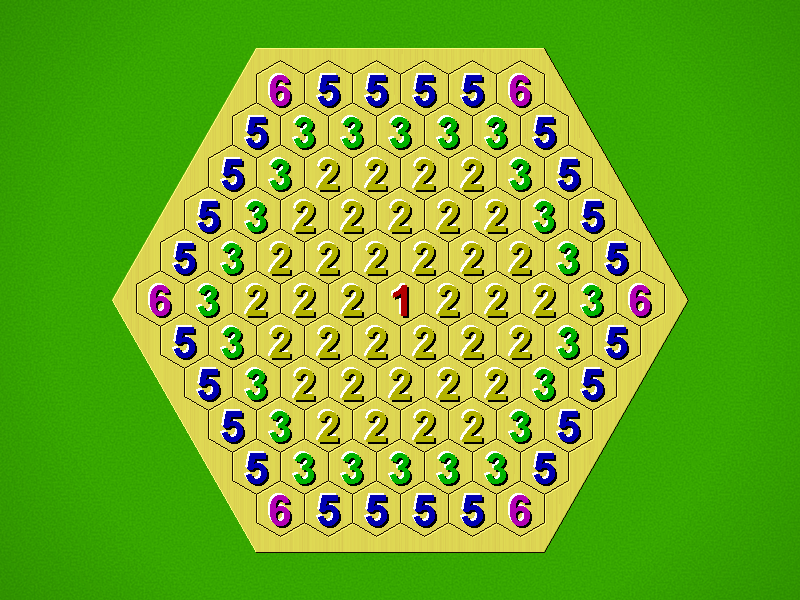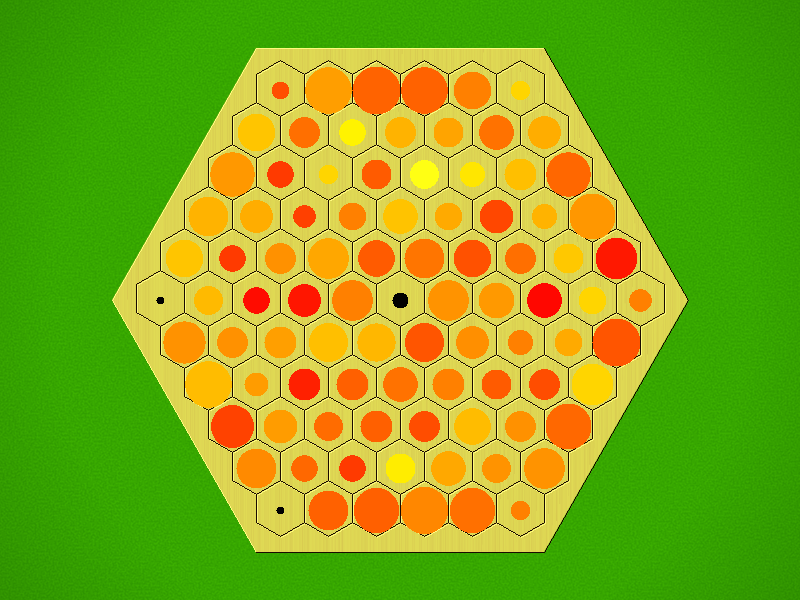Rules

Representative game (in the sense of being of mean length). Wherever you see the 'representative game' referred to in later sections, this is it!
Gameplay
The game begins with an empty board. There are two players in the game: Black and White. Black begins by placing 1 black stone covering any space marked '2'. From then on, starting with White, the players take turns. On your turn, cover X empty spaces marked 'X'. For example, you could cover any 3 empty spaces marked '3'. If there are fewer than X empty spaces marked 'X' left on the board then the player must cover them all if they choose to cover 'X'. The game ends when the board is full.
Goal
The winner of the game is the player with the largest group of stones when the game ends (group of stones is a set of same-colored stones touching each other). If the players' largest groups are the same size, whoever has more groups of that size wins. If this is also tied, compare the players' second-largest groups, and so on, until you come to a pair which aren�t the same size. Whoever owns the larger of the two wins.







